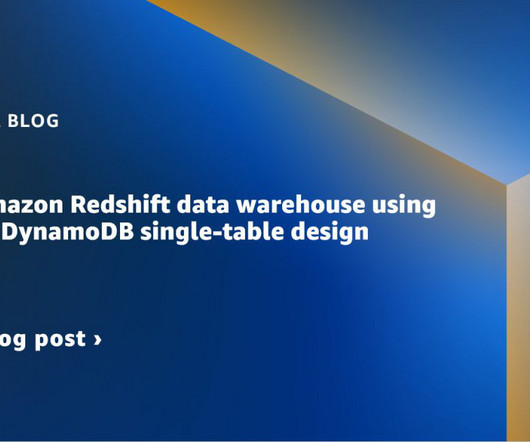What are decision support systems? Sifting data for better business decisions
CIO Business Intelligence
NOVEMBER 14, 2022
A DSS leverages a combination of raw data, documents, personal knowledge, and/or business models to help users make decisions. The data sources used by a DSS could include relational data sources, cubes, data warehouses, electronic health records (EHRs), revenue projections, sales projections, and more.















Let's personalize your content